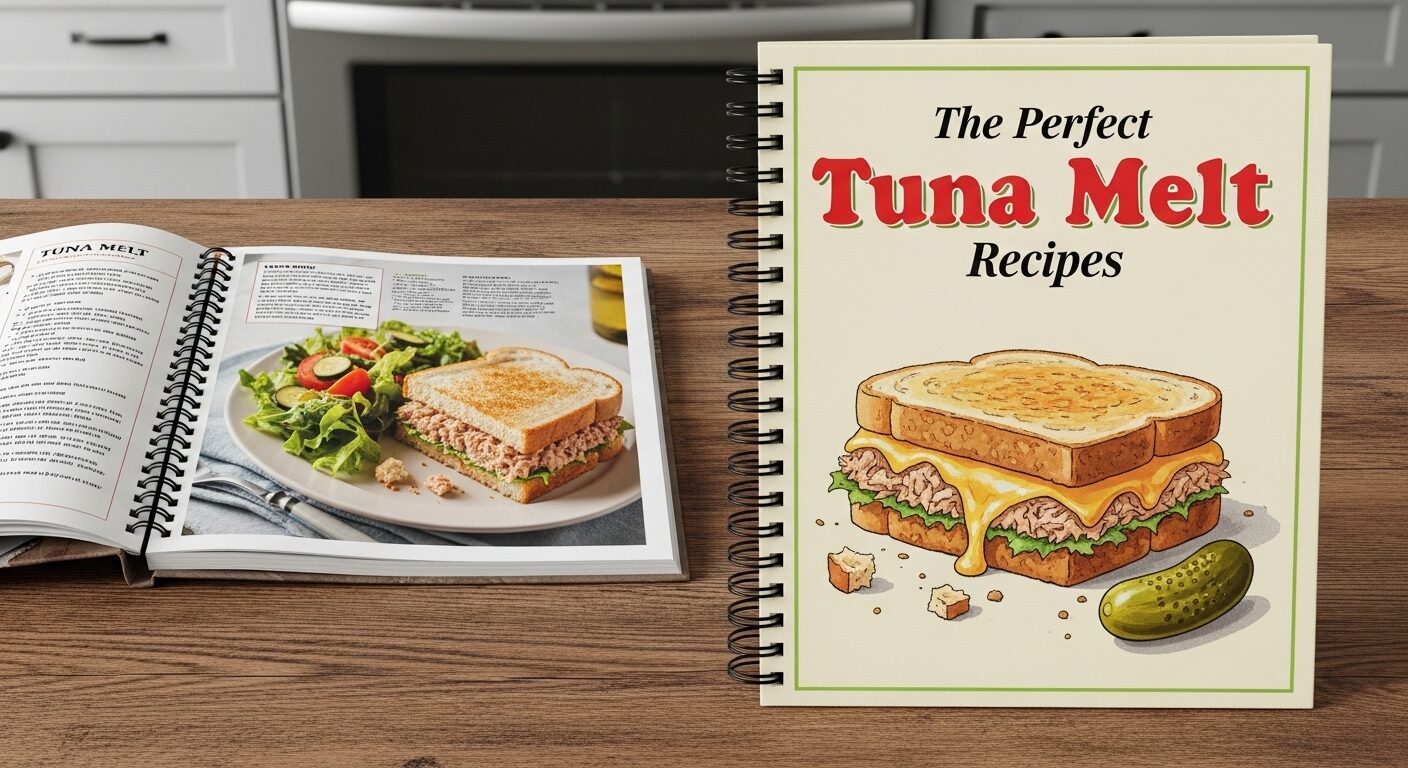Physical Address
304 North Cardinal St.
Dorchester Center, MA 02124
Physical Address
304 North Cardinal St.
Dorchester Center, MA 02124

There’s nothing quite like the ultimate tuna melt—the way the melted cheese stretches as you take a bite, the rich, creamy tuna filling perfectly paired with a crispy, buttery crust. This classic sandwich is comfort food at its finest, turning simple pantry staples into an indulgent, satisfying meal. If you’ve ever wanted to make your tuna melt truly stand out, I’ve got the top 5 tips you need to transform your lunch game.
Tuna melts have been a beloved choice for decades, but the secret to making the ultimate version lies in balancing flavors and textures. It’s all about the contrast—the crispy outside and gooey, flavorful inside. Plus, this dish is a fast food fix that feels gourmet, giving you comfort without compromising on quality. Whether you’re cooking for yourself or impressing friends, the ultimate tuna melt delivers every time.

Opt for canned solid white albacore packed in water. It has a mild flavor and firm texture that holds up well after mixing. Avoid chunk light tuna as it tends to be mushier, which affects the overall mouthfeel.
Don’t just mix tuna with mayo and call it a day. Add finely diced red onion, celery for crunch, a tang of Dijon mustard, fresh lemon juice, and a sprinkle of capers. These add layers of flavor, brightness, and texture, avoiding a bland or overly creamy filling.
The delicious golden crust is made possible by spreading softened butter on the outside of your bread. This not only crisps up the sandwich perfectly but also adds richness. Choose a sturdy bread like sourdough that will hold the filling without getting soggy.
Patience is key. Cook your sandwich over medium or medium-low heat to ensure the bread crisps evenly while the cheese melts completely. High heat burns the bread before the cheese has a chance to melt, ruining the experience.
Cheese is the glue that makes a tuna melt a melt. Sharp cheddar is classic, but feel free to experiment with gruyère, Swiss, or a spicy pepper jack. Add a generous layer both under and on top of the tuna filling for a perfectly gooey sandwich.
The ultimate tuna melt is an achievable delight that takes everyday ingredients and elevates them through a few thoughtful techniques. Whether you’re a casual cook or a sandwich enthusiast, following these tips will guarantee a melty, crispy, flavorful tuna melt every time.
Ready to up your sandwich game? Dive into my easy lunch recipes collection for more ideas, and don’t miss this fantastic guide to the best canned tuna to choose your seafood wisely.
Go ahead—grab your skillet, your favorite bread, and make the ultimate tuna melt your next lunchtime masterpiece. Happy cooking!